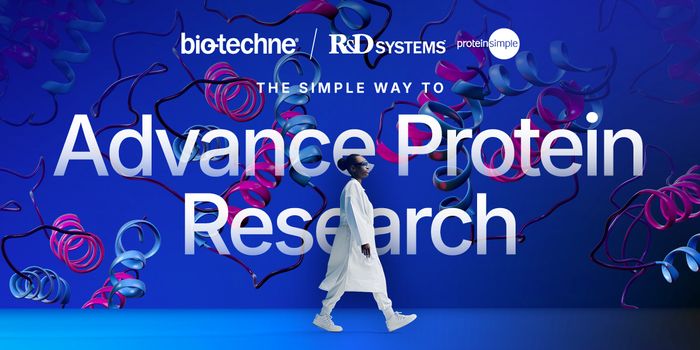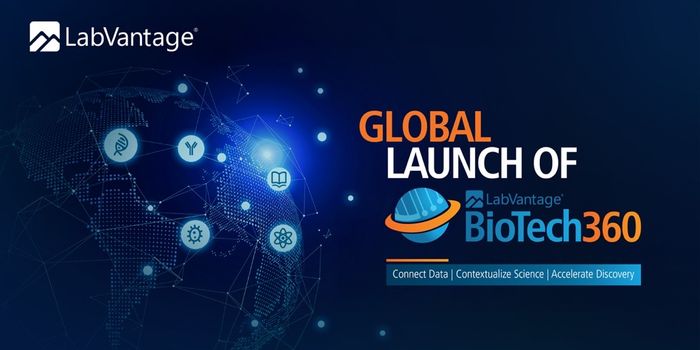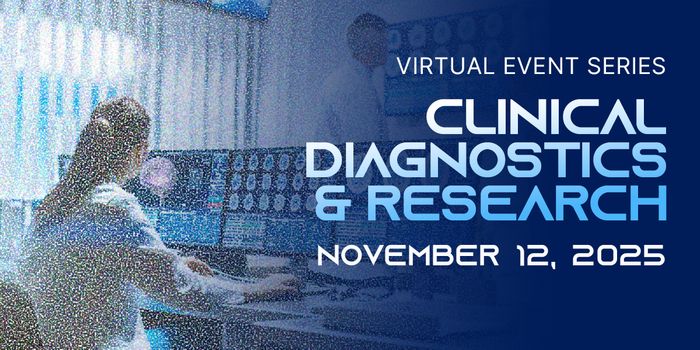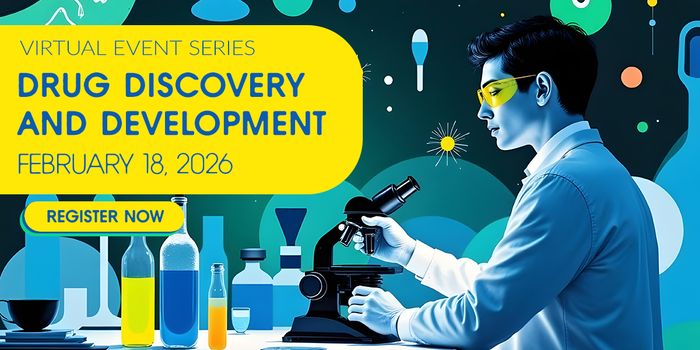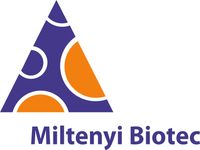Dr. Shaifali Bhalla is Associate Professor of Pharmaceutical Sciences and Associate Dean of Administrative Affairs at Midwestern University College of Pharmacy, Downers Grove, IL. She received her Ph.D. from the University of Illinois at Chicago, USA in 2005. Dr. Bhalla's ...
See moreProgram Committee Share
-
Shaifali Bhalla, PhD
-
Matthew Flegal
Matt entered the research field over 20 years ago as a lab animal technician at the TSI/Mason contract research facility. He has worked at both contract facilities such as TSI and OREAD Biosafety as well in industry at Pharmacia, Pfizer, and Sanofi-Aventis. During that period he ...
See more -
Professor Kevin Pfleger, MA, PhD, FBPhS
Professor Pfleger is Director, Biomedical Innovation at The University of Western Australia (UWA) and the MTPConnect Western Australian Life Sciences Innovation Hub. He is also Head of Molecular Endocrinology and Pharmacology at the UWA Centre for Medical Research and Harry ...
See more -
Martin Shaw
Between 1994-2015 he worked at EKF Diagnostics in Wales (formerly Argutus Medical) where he introduced and promoted a wide range of novel kidney and liver tests, including important biomarkers that are now being evaluated by the IMI (Innovative Medicines Initiative) and FDA as ...
See more -
Matthew Shipton
Over the past 16 years, Mr. Shipton has amassed deep domain expertise in cell-based products and services. Currently serving as President of Novabiosis, Inc. Mr. Shipton brings a skill for implementing sales-driven business strategies, an extensive track record of meeting and ...
See more
Drug Discovery & Development Virtual Event Series 2022


Labroots and the Drug Discovery planning committee are pleased to announce the 5th annual event in the Drug Discovery & Development Virtual Event Series. Labroots will host this online-only event on February 23, 2022. The Drug Discovery planning committee will invite speakers from industry and academia to discuss key challenges, new opportunities, and recent successes in the current landscape of drug discovery and development.
- Novel Approaches to Drug Discovery and Preclinical Development
- Emerging Assays
- Patient-derived Organoid Models
- Systems to Predict Safety and Efficacy
- Explorations into PK/PD and Pharmacogenomics
- PGX of GPCRs
- In-vitro Models of Toxicity
- Advancements in Clinical Development
- Health Equality and Genetic Diversity in Clinical Trials
- Innovations in Biomarkers
- Digital Solutions
- Proteomics
Call for Posters — Virtual poster sessions offer the opportunity to present data to a global audience via a PDF poster and video summary, and discuss results with interested colleagues through email. Plan now to have your poster included in the 2022 Drug Discovery & Development Virtual Event. Submission is free. Submit your abstract here.
Our virtual conference allows you to participate in a global setting with no travel or cost to you. The event will remain open for 2 years from the date of the live event, and the webinars will be available for unlimited on-demand viewing. This virtual conference also offers increased reach for the global drug discovery community with a high degree of interaction through live-streaming video and chat sessions.
Continuing Education
Labroots is approved as a provider of continuing education programs in the clinical laboratory sciences by the ASCLS P.A.C.E. ® Program. By attending this event, you can earn 1 Continuing Education credit per presentation for a maximum of 30 credits.
Labroots is a proud partner of Chati, a virtual event platform that allows for the hosting of engaging and interactive virtual and hybrid events, catering to businesses of any vertical or size.
Use #LRdrug to follow the conversation!

Agenda Share
-
FEB 23, 2022 6:00 AM PST
Autoantibodies as Biomarkers in Immuno-oncology
Hans-Dieter Zucht, PhD
Chief Technical Officer, Oncimmune Germany GmbHBIOGRAPHYSponsored By: Luminex - A DiaSorin Company -
FEB 23, 2022 7:30 AM PST
Keynote Presentation: Profiling of Receptor Complexes using BRET
Professor Kevin Pfleger, MA, PhD, FBPhS
Director, Biomedical and Health Innovation, The University of Western Australia and WA Life Sciences Innovation Hub; President, Australasian Society of Clinical and Experimental Pharmacologists and Toxicologists (ASCEPT); Head, Molecular Endocrinology and Pharmacology, Harry Perkins Institute of Medical Research (Centre for Medical Research, The University of Western Australia); Deputy Director & UWA Node Leader, ARC Centre for Personalised Therapeutics TechnologiesBIOGRAPHY -
FEB 23, 2022 9:00 AM PST
Keynote Presentation: Engineering the Quantum Leap that Drug Development Needs
-
-
FEB 23, 2022 12:00 PM PST
Panel Presentation: Digital Solutions to Alleviate NASH Clinical Trial Challenges
Paul McCracken, PhDVice President, Global Head of Medical Imaging, ICONDebbie MarshallProgram Manager, ICONChristina GonzalezProject Manager, Pathology, ICON -
-
FEB 23, 2022 1:30 PM PST
Innovative Approaches to Biomarker Discovery in the Drug Development Process
Esperanza Anguiano, PhD, MS-MBA
Scientific Market Development Director of BioPharma, NanostringBIOGRAPHYSponsored By: NanoString Technologies -
FEB 23, 2022 3:00 PM PST
Genetically Engineered Custom Cell Lines for Pre-Clinical Research and Biomanufacturing
Stacey Ward, PhD
R&D Manager, Advanced Genetic and Cell Technologies, MilliporeSigmaBIOGRAPHYSponsored By: MilliporeSigma -
Enabling Translation of Biomarker Research to Clinical Practice
-
How to Wake a Giant - Concepts of Adhesion GPCR Activation and their Potential Therapeutic Implications
Ines Liebscher, PhD
Professor, Leipzig University, Rudolf-Schönheimer-Institute of BiochemistryBIOGRAPHY -
Identification of Novel Protein Biomarkers in the Era of Precision Medicine Oncology
-
Next Generation Biobanking of Patient-derived Organoid Models
-
Personalised Medicine Through GPCR Pharmacogenomics
Alexander Sebastian Hauser, PhD
Assistant Professor, Department of Drug Design and Pharmacology, University of CopenhagenBIOGRAPHY
- Advancements in Clinical Development
-
FEB 23, 2022 6:00 AM PST
Autoantibodies as Biomarkers in Immuno-oncology
Hans-Dieter Zucht, PhD
Chief Technical Officer, Oncimmune Germany GmbHBIOGRAPHYSponsored By: Luminex - A DiaSorin Company -
FEB 23, 2022 9:00 AM PST
Keynote Presentation: Engineering the Quantum Leap that Drug Development Needs
-
FEB 23, 2022 12:00 PM PST
Panel Presentation: Digital Solutions to Alleviate NASH Clinical Trial Challenges
Paul McCracken, PhDVice President, Global Head of Medical Imaging, ICONDebbie MarshallProgram Manager, ICONChristina GonzalezProject Manager, Pathology, ICON -
FEB 23, 2022 1:30 PM PST
Innovative Approaches to Biomarker Discovery in the Drug Development Process
Esperanza Anguiano, PhD, MS-MBA
Scientific Market Development Director of BioPharma, NanostringBIOGRAPHYSponsored By: NanoString Technologies -
Enabling Translation of Biomarker Research to Clinical Practice
-
Identification of Novel Protein Biomarkers in the Era of Precision Medicine Oncology
- Novel Approaches to Drug Discovery and Preclinical Development
-
FEB 23, 2022 7:30 AM PST
Keynote Presentation: Profiling of Receptor Complexes using BRET
Professor Kevin Pfleger, MA, PhD, FBPhS
Director, Biomedical and Health Innovation, The University of Western Australia and WA Life Sciences Innovation Hub; President, Australasian Society of Clinical and Experimental Pharmacologists and Toxicologists (ASCEPT); Head, Molecular Endocrinology and Pharmacology, Harry Perkins Institute of Medical Research (Centre for Medical Research, The University of Western Australia); Deputy Director & UWA Node Leader, ARC Centre for Personalised Therapeutics TechnologiesBIOGRAPHY -
-
-
FEB 23, 2022 3:00 PM PST
Genetically Engineered Custom Cell Lines for Pre-Clinical Research and Biomanufacturing
Stacey Ward, PhD
R&D Manager, Advanced Genetic and Cell Technologies, MilliporeSigmaBIOGRAPHYSponsored By: MilliporeSigma -
Next Generation Biobanking of Patient-derived Organoid Models
-
How to Wake a Giant - Concepts of Adhesion GPCR Activation and their Potential Therapeutic Implications
Ines Liebscher, PhD
Professor, Leipzig University, Rudolf-Schönheimer-Institute of BiochemistryBIOGRAPHY - Explorations into PK/PD and Pharmacogenomics
-
Personalised Medicine Through GPCR Pharmacogenomics
Alexander Sebastian Hauser, PhD
Assistant Professor, Department of Drug Design and Pharmacology, University of CopenhagenBIOGRAPHY
Speakers Share
-
Esperanza Anguiano, PhD, MS-MBA
Scientific Market Development Director of BioPharma, Nanostring
BIOGRAPHY
-
Hilal Arnouk, MD, PhD
Associate Professor, Dept. of Pathology, Midwestern University
BIOGRAPHY
-
Emily Bozek, MSc
Product Manager
BIOGRAPHY
-
Audrey Dubourg, MSc, PhD
Product Manager OOC, CN-Bio
BIOGRAPHY
-
Fergus Fleming
Co-Founder, Executive Director, Chief Technical Officer, Renalytix PLC
BIOGRAPHY
-
Christina Gonzalez
Project Manager, Pathology, ICON
BIOGRAPHY
-
Alexander Sebastian Hauser, PhD
Assistant Professor, Department of Drug Design and Pharmacology, University of Copenhagen
BIOGRAPHY
-
Michael Johnson, PhD
CEO and Co-Founder, Visikol
BIOGRAPHY
-
Ines Liebscher, PhD
Professor, Leipzig University, Rudolf-Schönheimer-Institute of Biochemistry
BIOGRAPHY
-
Michelle Longmire, MD
CEO & Co-founder, Medable
BIOGRAPHY
-
Debbie Marshall
Program Manager, ICON
BIOGRAPHY
-
Paul McCracken, PhD
Vice President, Global Head of Medical Imaging, ICON
BIOGRAPHY
-
James McKim, PhD
President and CEO, IONTOX
BIOGRAPHY
-
Joseph Pearson, PhD
Global Product Manger, QIAGEN Digital Insights
BIOGRAPHY
-
Professor Kevin Pfleger, MA, PhD, FBPhS
Director, Biomedical and Health Innovation, The University of Western Australia and WA Life Sciences Innovation Hub; President, Australasian Society of Clinical and Experimental Pharmacologists and Toxicologists (ASCEPT); Head, Molecular Endocrinology and Pharmacology, Harry Perkins Institute of Medical Research (Centre for Medical Research, The University of Western Australia); Deputy Director & UWA Node Leader, ARC Centre for Personalised Therapeutics Technologies
BIOGRAPHY
-
Nikolina Radulovich, PhD
Staff Scientist, Princess Margaret Hospital in Toronto
BIOGRAPHY
-
Stacey Ward, PhD
R&D Manager, Advanced Genetic and Cell Technologies, MilliporeSigma
BIOGRAPHY
-
Hans-Dieter Zucht, PhD
Chief Technical Officer, Oncimmune Germany GmbH
BIOGRAPHY
-
Sino Biological
Sino Biological, Inc. is a global leader in manufacturing affordable, high-quality reagents, including recombinant proteins, antibodies and cDNA clones-all in-house. We provide a one-stop shop for researchers and pharmaceutical companies around the world, helping our customers ...
See more -
NanoString Technologies
NanoString Technologies (NASDAQ: NSTG) is a publicly held provider of life science tools for translational research and molecular diagnostics. The company's technology enables a wide variety of basic research, translational medicine and in vitro diagnostics applications ...
See more -
Sartorius
The Sartorius Group is a leading international partner of biopharmaceutical research and the industry. With innovative laboratory instruments and consumables, the Group's Lab Products & Services Division concentrates on serving the needs of laboratories performing research and ...
See more -
Miltenyi Biotec
For over 30 years, Miltenyi Biotec has been a leader in the development of products that empower the advancement of biomedical research and enable cell and gene therapy. We provide innovative tools to help with your sample preparation, cell isolation, cell culture, and cell ...
See more -
MilliporeSigma
Our purpose is to solve the toughest problems in life science by collaborating with the global scientific community - and through that, we aim to accelerate access to better health for people everywhere.
-
Luminex - A DiaSorin Company
At Luminex, our mission is to empower labs to obtain reliable, timely, and actionable answers, ultimately advancing health. We offer a wide range of solutions applicable in diverse markets including clinical diagnostics, pharmaceutical drug discovery, biomedical research, genomic ...
See more -
Apprentice.io
Despite incredible therapeutic innovations, the process for manufacturing these life-changing drugs lagged behind. Because of the largely paper-based processes involved in pharma manufacturing, millions of dollars were lost in drug batches due to quality deviations. These ...
See more
Event Series

Drug Discovery & Development Virtual Event Series 2026

Drug Discovery & Development Virtual Event Series 2025

Drug Discovery & Development Virtual Event Series 2024

Drug Discovery & Development Virtual Event Series 2023

Drug Discovery & Development Virtual Event Series 2021

Drug Discovery & Development Virtual Event Series 2020

Drug Discovery Virtual Event Series 2019

























